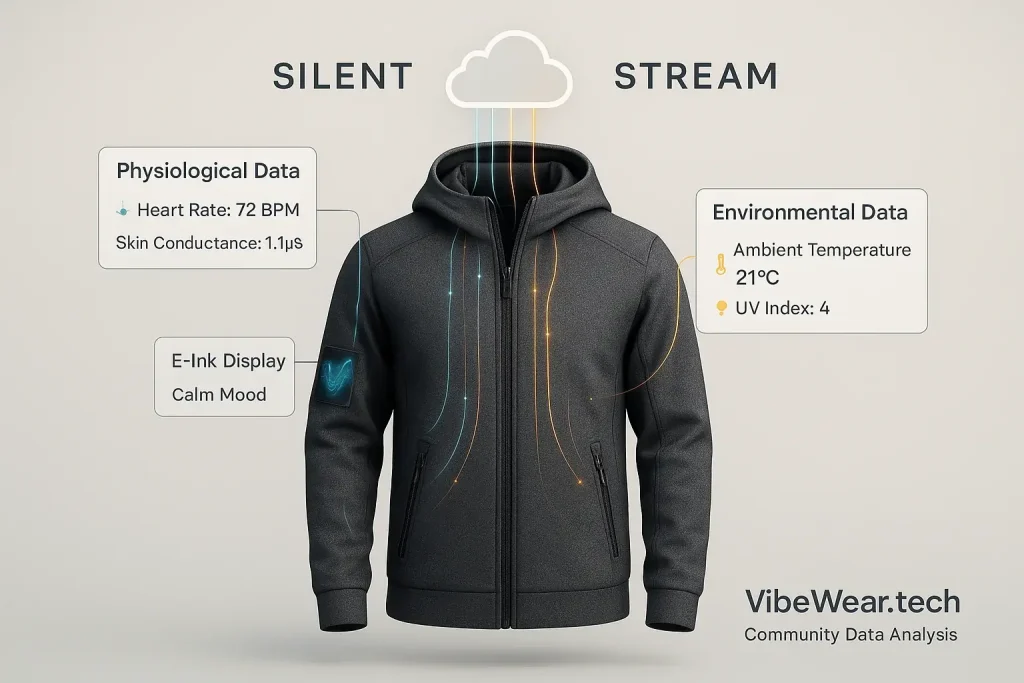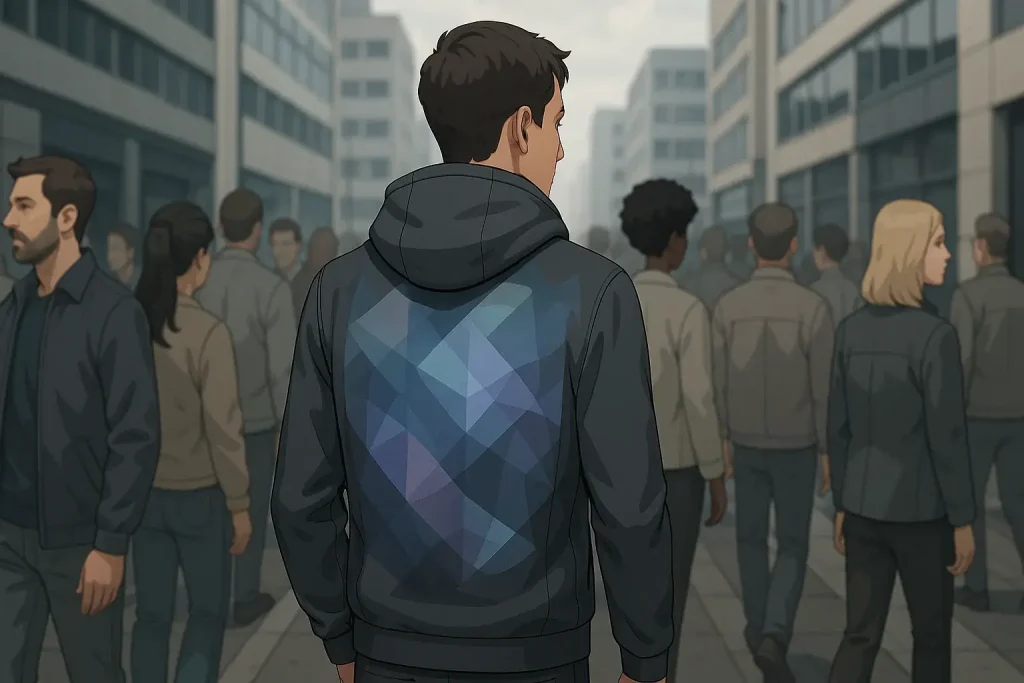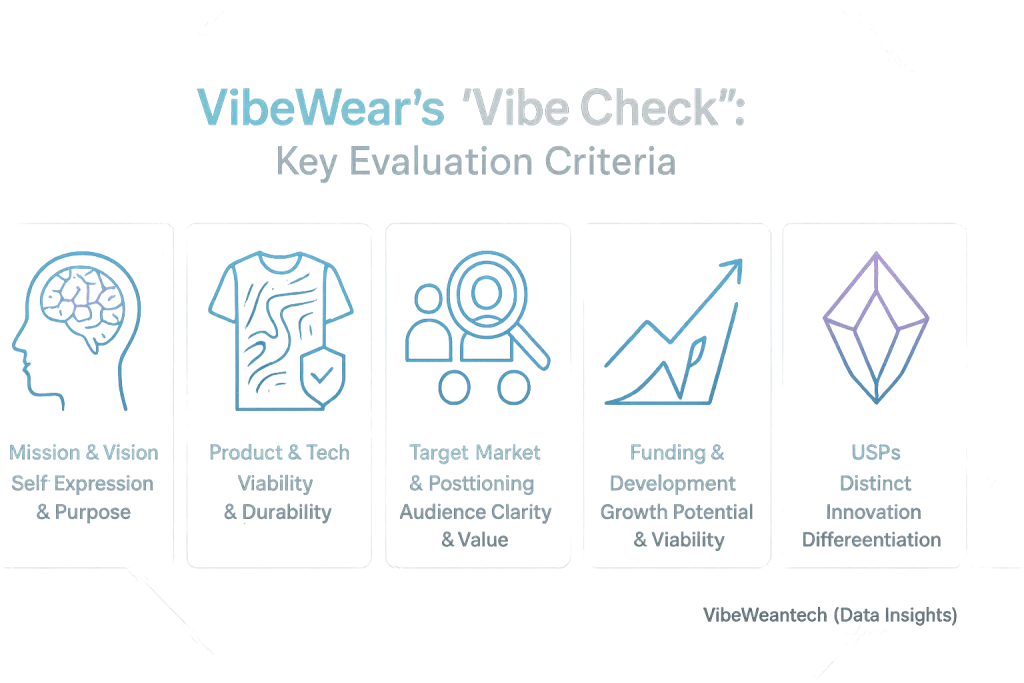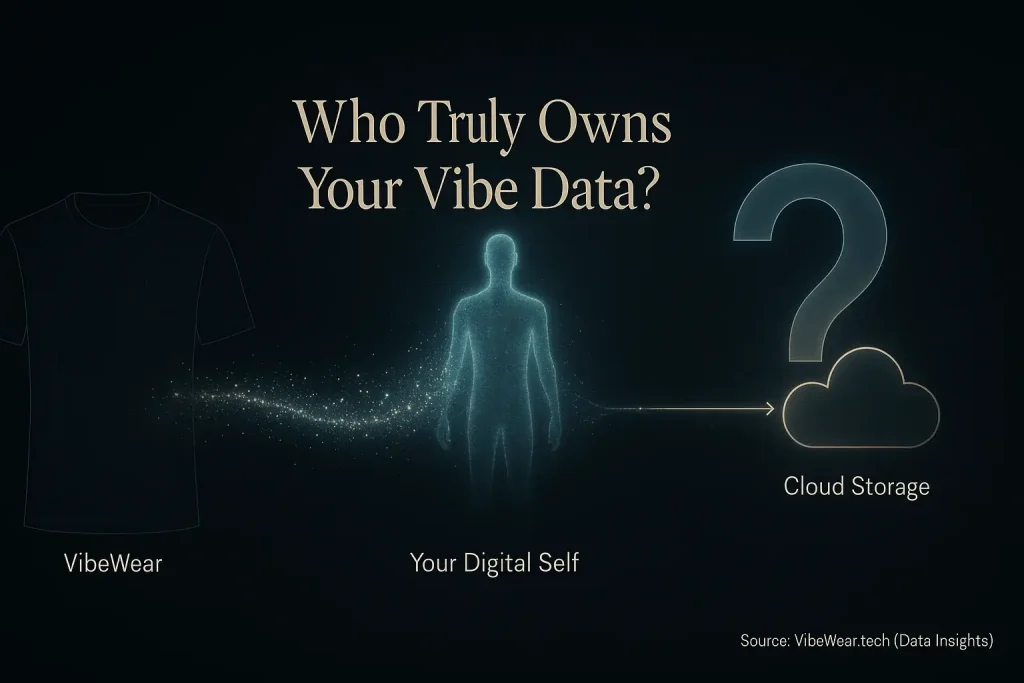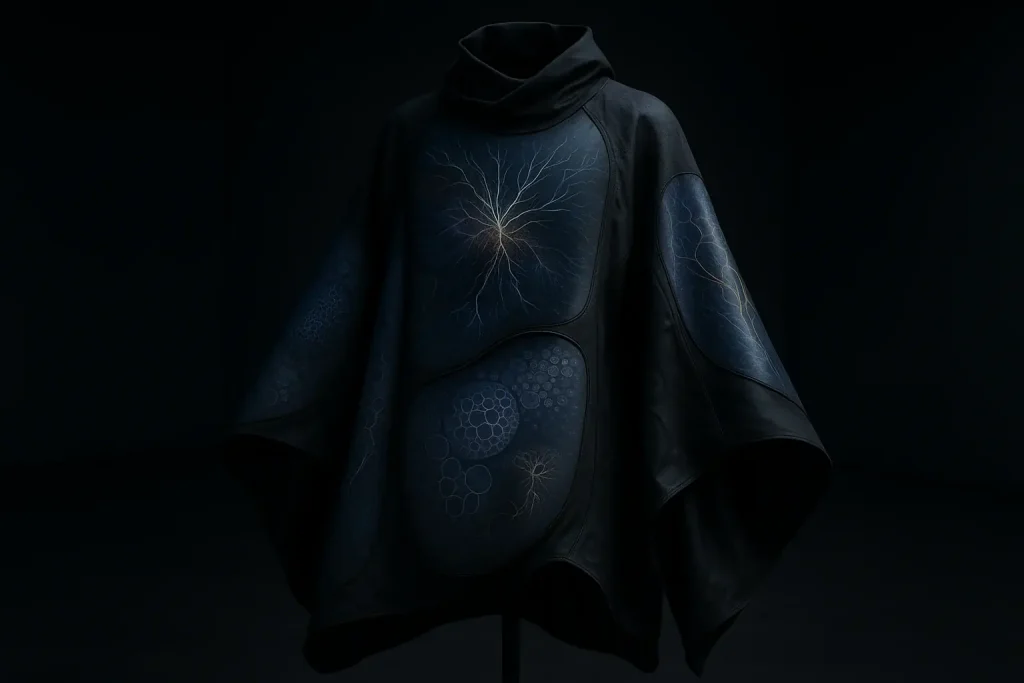The Unsung Heroes: Why Your VibeWear Needs a Brain
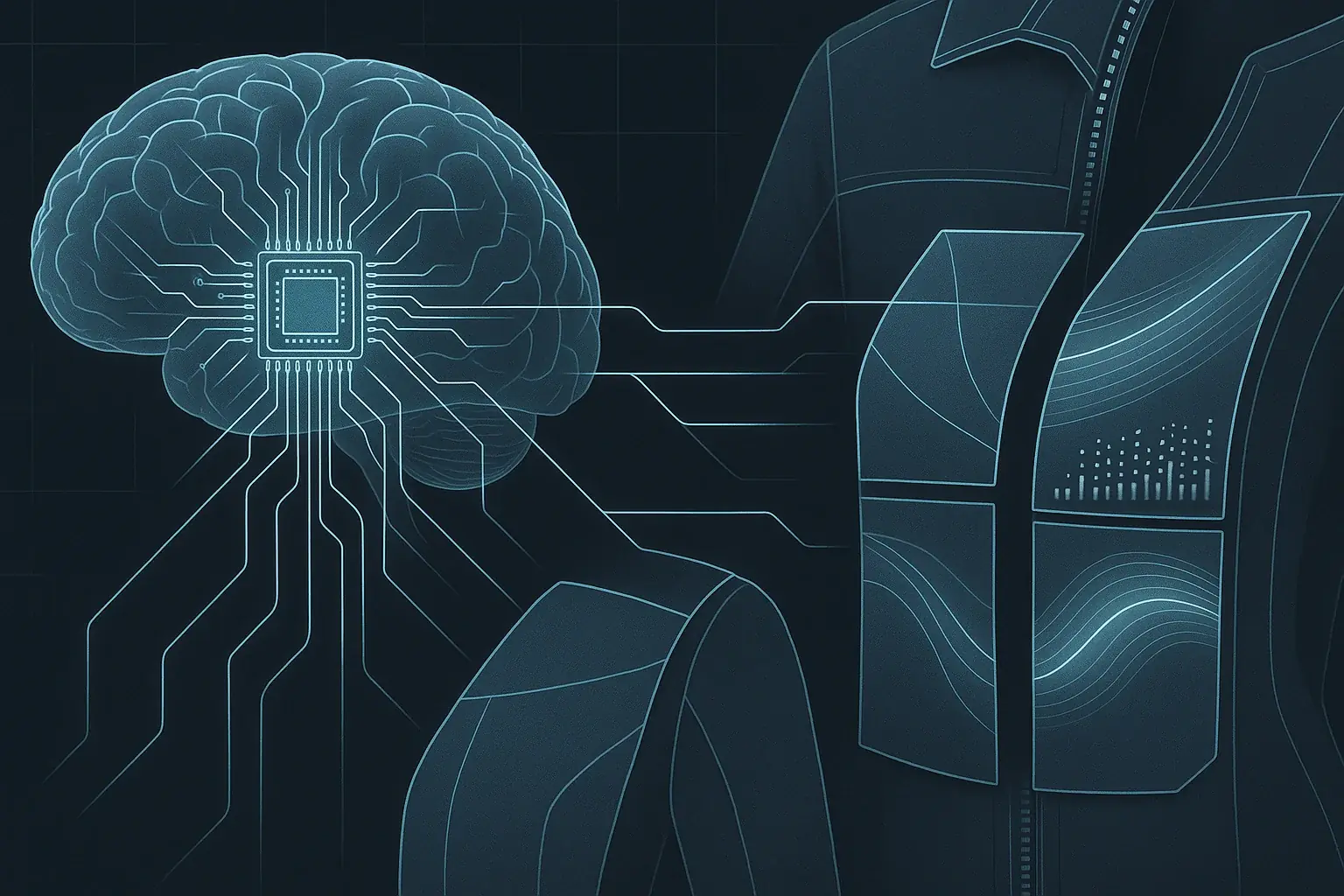
What truly powers smart VibeWear? Its microcontroller. The brain. This tiny component processes raw signals from biometric sensors. It then directs the E-Ink display’s captivating visual responses. Imagine a conductor. Skillfully leading an orchestra of light and pattern.
Microcontroller choice often feels like an afterthought. This is a critical oversight for makers. This single selection deeply impacts battery longevity. It also shapes your garment's design freedom and true adaptive intelligence. A poor fit means project headaches. Or worse, VibeWear that barely vibes.
So, what are your core options? This section guides you through common microcontrollers for DIY VibeWear. We will highlight their distinct strengths. And their critical weaknesses. Understanding these nuances is absolutely key. It empowers you to bring adaptive fashion concepts to brilliant reality.
Arduino Family: The Friendly Entry Point for Wearable Projects
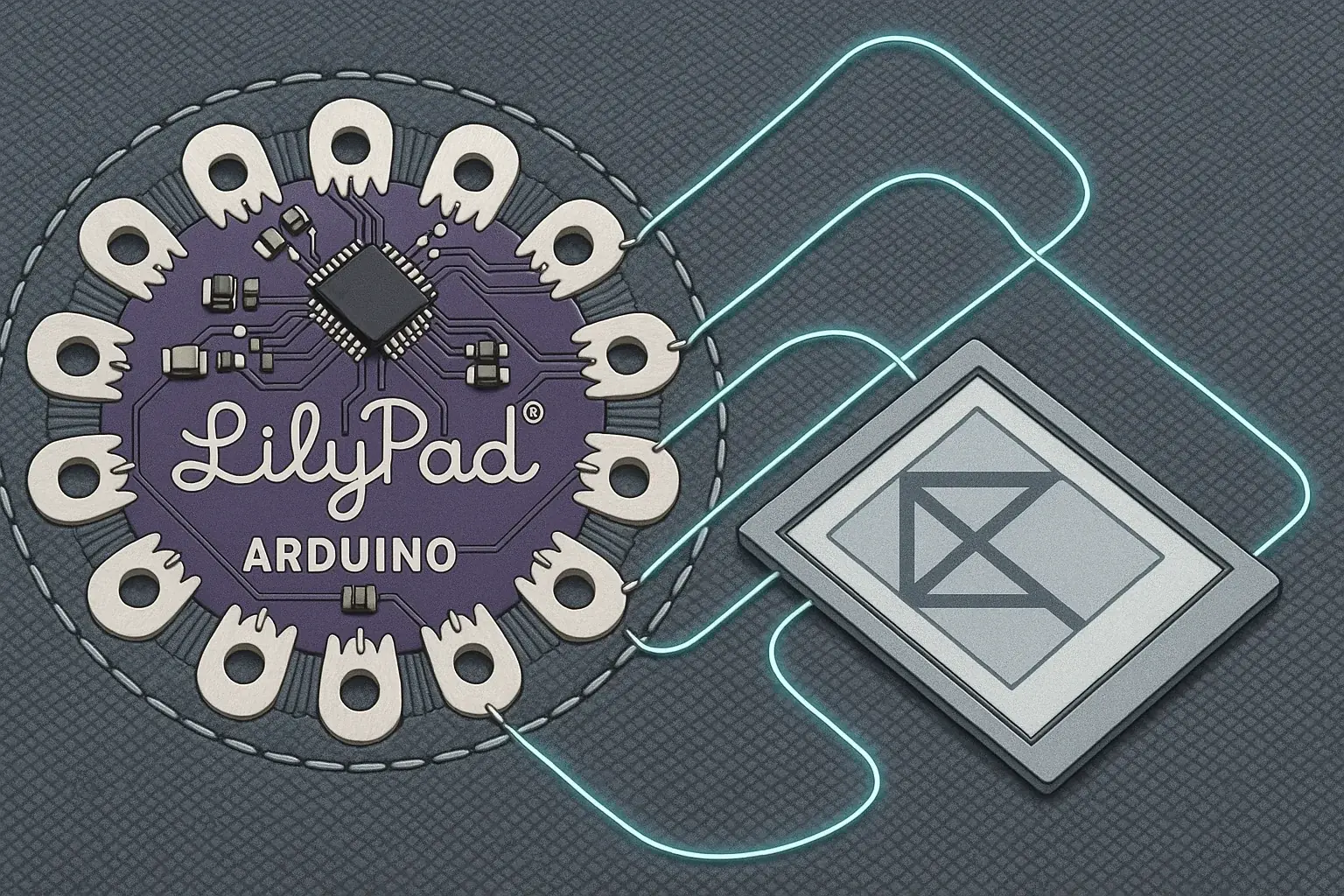
Arduino offers a friendly start for wearable tech. Many makers find this platform highly approachable. Its open-source nature fuels constant innovation. A vast global community provides excellent support. This combination significantly simplifies your entry into e-textiles.
Several Arduino boards suit VibeWear projects. The classic Uno is excellent for learning fundamentals. The compact Nano suits smaller, embedded designs. The LilyPad, though, is a true enabler for fashion. Its unique sewable pads allow direct, secure fabric integration. This design detail is pivotal for genuine e-textile creation.
Arduino presents clear advantages for mood-adaptive fashion. Programming is straightforward, especially with its simple IDE. Countless pre-built libraries accelerate your development. Low component cost makes experimentation quite accessible. A massive ecosystem of sensors and shields expands creative possibilities. But, what about heavy lifting? Complex computations or demanding connectivity might stretch its capabilities. This is a common trade-off for its celebrated ease of use.
Arduino truly excels for your initial VibeWear explorations. It empowers you to build functional, expressive prototypes. You can create without needing an engineering degree. A perfect launchpad for your ideas. Get started.
ESP32: The Connected Brain for Interactive VibeWear
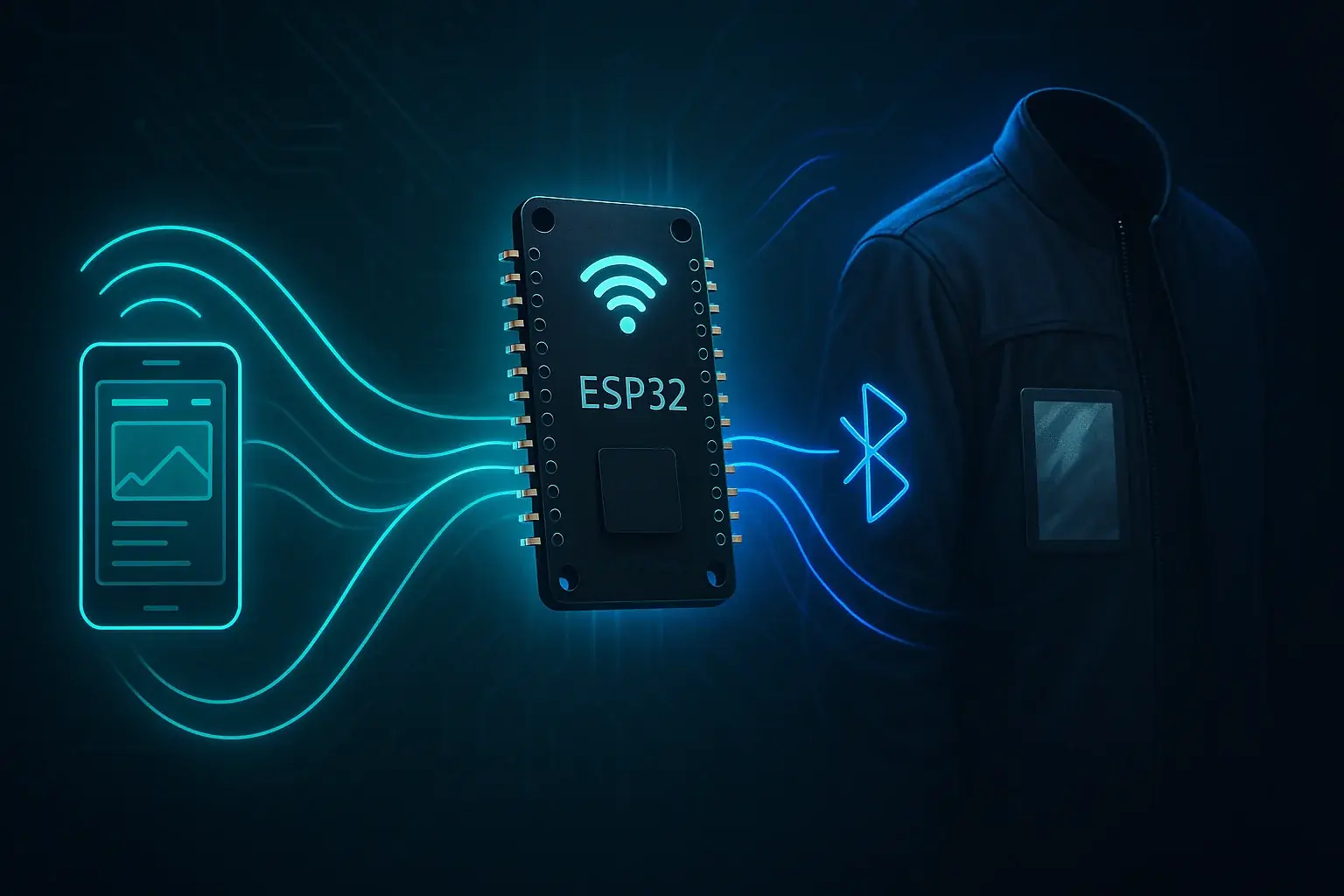
VibeWear projects often demand external communication. The ESP32 microcontroller answers this call. It becomes the central nervous system for interactive garments. Built-in Wi-Fi and Bluetooth are its standout features. These capabilities distinguish it sharply from simpler boards. Your VibeWear truly connects.
Seamless connectivity is the ESP32's primary strength. This enables real-time data transfer. Sensors can stream mood data directly to a smartphone app. E-Ink patterns can change via remote commands. Integration with Internet of Things (IoT) devices becomes possible. Imagine your shirt subtly shifting patterns based on your live Spotify playlist – that’s ESP32 at work. Our analysis shows this level of interaction elevates a garment beyond simple display. It becomes a responsive extension of your digital life.
More processing power also defines the ESP32. It boasts increased memory too. These resources allow for complex mood interpretation algorithms. Richer, more fluid E-Ink animations become feasible. Developers often rely on this power for sophisticated features. The learning curve might be slightly steeper than an Arduino. This is a small price. The advanced capabilities justify the effort for cutting-edge VibeWear. For dynamic interaction, app control, or cloud connectivity, the ESP32 is an indispensable choice. It bridges the gap. Static garments become truly smart techwear.
Raspberry Pi Pico: The Versatile Powerhouse for Compact VibeWear

Raspberry Pi Pico delivers surprising power. This microcontroller is incredibly compact. It becomes a strong VibeWear project contender. Sleek VibeWear demands space and efficiency. The Pico's RP2040 chip provides its core processing capabilities.
Pico presents standout technical features. Its RP2040 processor offers excellent power for its small footprint. This makes it an unspoken hero for sleek VibeWear. This processing muscle handles complex E-Ink animations. It also manages intensive sensor data streams. Such tasks can challenge more basic microcontrollers. Low power consumption offers a clear Pico advantage. Wearable battery life directly benefits from this efficiency.
User-friendliness is a Pico hallmark. MicroPython support greatly boosts its accessibility. Python-familiar developers and makers embrace this feature. Experienced makers frequently select Pico for specific VibeWear applications. Imagine a subtle sleeve display. It responsively processes bio-data without a large battery. Pico achieves this balance.
The Raspberry Pi Pico emerges as a versatile option. VibeWear creators value this adaptability. It balances strong performance, minimal size, and good cost-effectiveness. This combination suits projects with evolving complexity. Your VibeWear concept can grow. Pico supports that growth.
Find Your VibeWear Brain: Interactive MCU Selector for Your Project Needs
Find Your VibeWear Brain: Interactive MCU Selector
Your VibeWear brain awaits! Answer the questions above to get started.
This selector offers initial directions for your VibeWear project. Your project's unique demands truly shape the ideal microcontroller choice. No single chip fits every vision. These suggestions simply provide a strong starting point. Your deeper exploration starts now.
So, what are your next practical steps? Dive into community forums for any microcontroller that catches your eye. Real-world project examples often reveal crucial details for specific VibeWear components. VibeWear's analysis also indicates that experimenting with a few different suggested MCUs can be very beneficial. Hands-on testing before committing to a full build prevents future issues and refines your design integration.
This selection journey is iterative. Your understanding will grow. Each test informs your final VibeWear piece. Embrace the process. Create something truly responsive.

